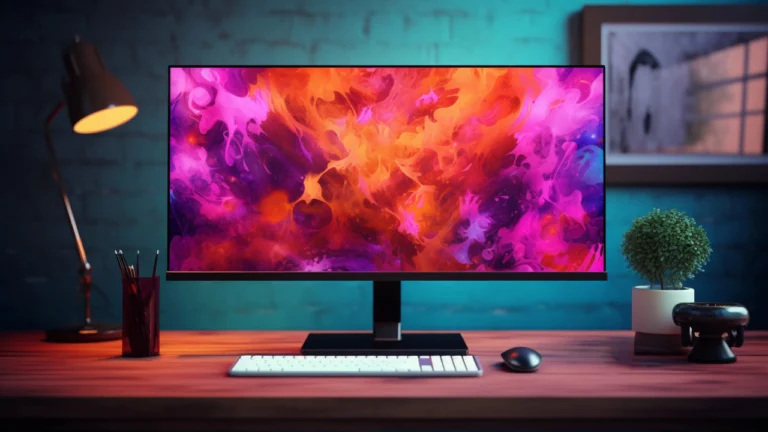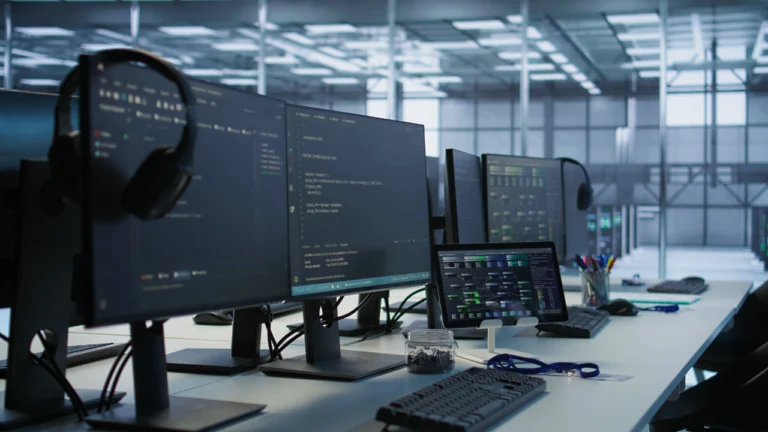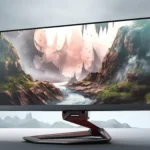How a Portable Monitor Changed My Travel Workflow
Traveling for work or leisure often means dealing with limited space, spotty Wi-Fi, and the challenge of staying productive on the go. For years, I struggled to keep my workflow efficient while away from my regular desk setup. That all changed when I started using a portable monitor — a tool that truly transformed the way I work during travel.
In this article, I’ll share how adding a portable monitor to my travel gear revolutionized my productivity, comfort, and overall experience on the road. Plus, I’ll point you to some of the best portable monitors you can consider to upgrade your setup.
The Pre-Portable Monitor Struggle
Before I had a portable monitor, I relied solely on my laptop’s built-in screen. This worked okay for quick tasks but quickly became a bottleneck when I needed to:
Juggle multiple apps or browser tabs simultaneously.
Manage video calls while taking notes.
Work comfortably for long hours without physical strain.
Present or collaborate remotely without fumbling between windows.
I often found myself wasting time switching back and forth between apps, leading to frustration and reduced productivity. Long flights, cramped hotel desks, and noisy cafes only added to the difficulty.
Discovering the Power of a Portable Monitor
The day I bought my first portable monitor, everything changed. Portable monitors are slim, lightweight external displays designed specifically for mobility. They connect easily via USB-C or HDMI and can extend your screen real estate anywhere.
I chose a well-reviewed model from a trusted list of best portable monitors for laptops, which made the selection process much easier.
Why It Was a Game-Changer
Here’s how my portable monitor changed my travel workflow for the better:
1. Double the Screen Space, Double the Efficiency
With a second screen, I no longer had to toggle endlessly between windows. I could keep my email, messaging apps, or reference materials open on one screen, while writing reports, coding, or analyzing data on the other.
This setup boosted my efficiency dramatically. According to research, having dual screens can increase productivity by up to 30%, and I felt that firsthand.
2. Ultra-Light and Travel-Friendly
One worry I had was carrying extra bulk, but portable monitors are impressively slim and light — many weigh under 1.5 pounds. My monitor slips into my laptop bag effortlessly, making it a perfect travel companion.
I’ve used it in hotel rooms, airport lounges, and coffee shops — anywhere I need a quick, professional workspace.
3. Reduced Physical Strain
Working long hours on a laptop often led to neck and back pain. With my portable monitor, I could prop it up at eye level using a portable stand, promoting better posture and reducing fatigue.
This made working on the road far more comfortable.
4. Improved Video Calls and Presentations
Remote meetings became easier to manage. I could keep the video call on one screen while viewing notes or relevant documents on the other — no more awkward window juggling.
This helped me present more confidently and multitask during calls without missing important details.
5. Simple Setup and Connectivity
Most portable monitors connect through a single USB-C cable that carries both power and video, which means less clutter and hassle. Plug and play—no complicated installation required.
Some models also have HDMI ports, broadening compatibility with various devices.
6. Battery-Powered Options for True Mobility
Certain portable monitors come with built-in batteries, allowing use without plugging in. This feature is perfect for working during flights or in outdoor locations where power outlets aren’t available.
Practical Ways I Use My Portable Monitor While Traveling
Email & Research: Keeping inbox and resources open simultaneously helps me respond faster.
Design Review: I can edit on one screen while comparing feedback on the other.
Writing & Notes: During virtual conferences, I watch presentations while taking real-time notes.
Coding: I run my IDE on the main screen and debug logs on the secondary.
Social Media Management: Scheduling tools run on one display while I create content on the other.
How to Choose the Right Portable Monitor for Your Needs
If you’re interested in upgrading your travel setup, here are some key factors to consider:
Screen Size & Resolution: 15.6-inch Full HD is a popular balance of portability and usability.
Connectivity: USB-C is ideal for simplicity, but HDMI compatibility expands options.
Weight & Thickness: Lighter and thinner is better for travel.
Battery Life: Useful if you often work unplugged.
Additional Features: Touchscreen, anti-glare coating, built-in stands can enhance the experience.
For a detailed breakdown and recommendations, check out this comprehensive guide to the best portable monitors for laptops.
Final Thoughts: Worth the Investment?
For anyone who frequently works while traveling, a portable monitor is a small investment with big returns. It improved my productivity, comfort, and professionalism—no matter where I am in the world.
If your travel workflow feels cramped or inefficient, consider adding a portable monitor to your gear. It’s a game-changer that lets you create an effective, flexible workspace anywhere.
If you want, I can help you pick the right portable monitor based on your specific needs and budget — just let me know!
Would you like me to suggest the best models or share setup tips?






